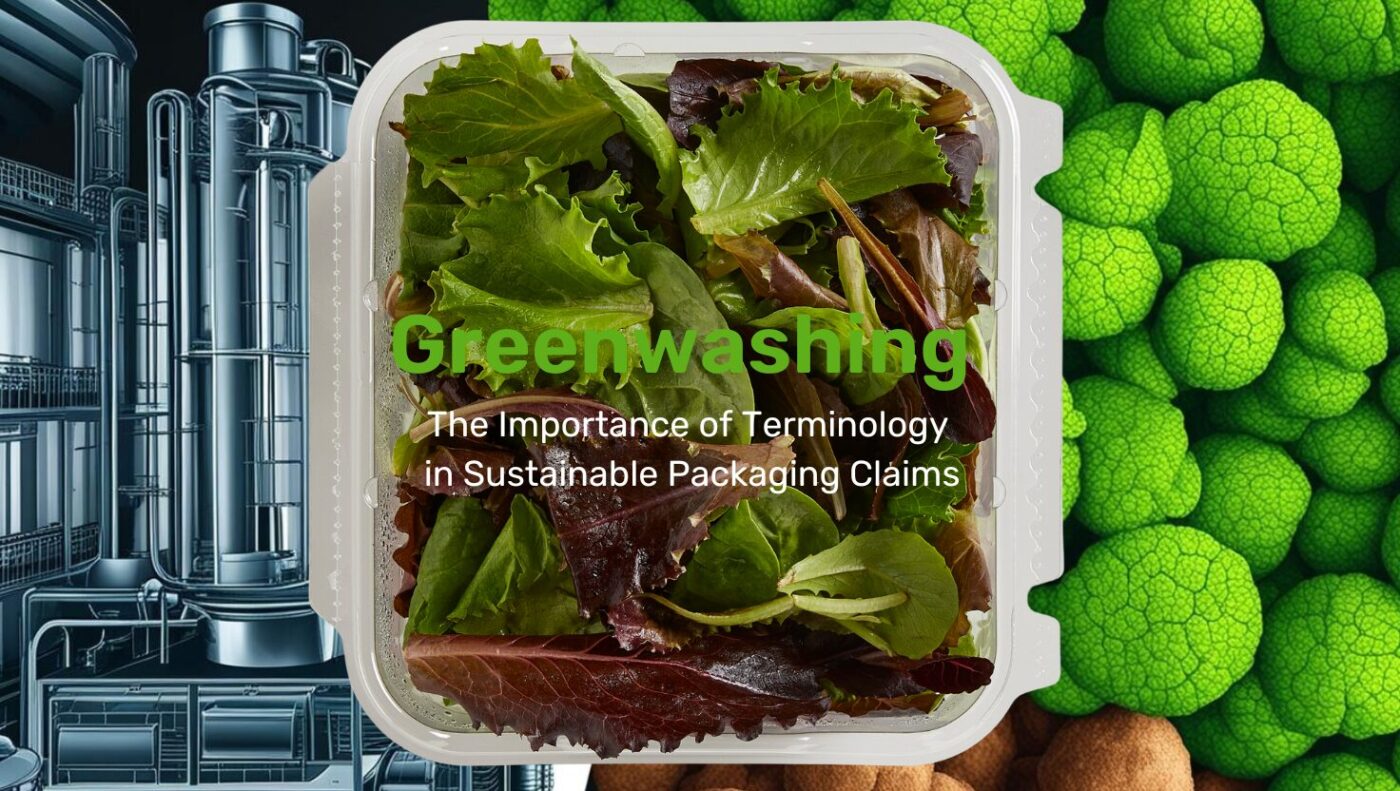
Understanding the Language of Sustainability As the push for sustainable packaging grows,…


The packaging industry is constantly evolving due to a range of factors — in particular, new technological advances and innovations, increasing need for sustainable options, and rising customer demand for convenience without sacrificing quality.
Packaging, of course, greatly affects consumers’ purchasing decisions, and is a critical element in branding, product differentiation, and shelf appeal. There are four major types of packaging available today: blisters, trays, clamshells, and trifolds.
While keeping up with recent trends and innovations in order to stay ahead of the competition, manufacturers must also grapple with the rising cost of raw materials, the ever-changing face of e-commerce, and various profitability pressures.
To help keep down costs while allowing for the highest packaging performance possible, keep the following key factors in mind when selecting product packaging.
People are visual creatures. A package’s shape, size, color, and branding elements — as well as product placement — create the first impression for consumers.
All of these factors play a critical role in product success.
If the product is visually appealing, for instance, the packaging should feature an image of the product itself or show the item through a window or completely transparent package.
The cosmetics and toy industries often make use of unique, highly visible packaging to bring consumers as close as possible to the actual products without risking damage to them.
In these scenarios, it’s crucial to consider demographics. A younger audience tends to be attracted to a bright and bold look, while an older audience typically chooses function over appearance.
Surveys have found that consumers’ frustration with difficult-to-open packages ranks above their concerns over whether the package is particularly smart, innovative, or sustainable.
Some types of packages have reputations for being particularly bothersome — such as clamshell packaging.
Easy-to-open packaging — such as clamshells with perforations — is becoming increasingly common as manufacturers come to understand that they must take into account the limitations and needs of the people opening it.
Plus, many forms of traditional packaging are especially difficult for seniors to open, so many companies are devising packaging that requires a simple pulling-and-peeling movement that most anyone can do.
Two types of plastic materials are especially prevalent in product packaging thanks to their ideal protective properties — PET and PVC.
PET, or polyethylene terephthalate, is one of the most widely used plastics for thermoforming. The material is molded into the designated shape and dried for increased resistance.
PET is used for food containers, beverage bottles, and synthetic fibers, among other products.
PET is the most popular plastic for thermoforming packaging because it features a high-strength barrier, allowing for a tamper-resistant design.
PVC, or polyvinyl chloride, is a rigid plastic designed to withstand severe impacts and extreme temperatures.
It’s commonly used in cables, roofing materials, commercial signage, flooring, faux-leather clothing, pipes, hoses, and more.
So, which is better? That’s up to the manufacturer and will depend on their specific needs.
The benefits of PET include higher versatility; it’s safer for storing materials, especially food, and it’s more durable, which is imperative for efficient, safe transport.
Though PET is lightweight, it’s still strong enough to withstand outside elements. And it’s not limited to food packaging applications; it has uses in retail and electronics, as well.
Though PVC is a rigid plastic with some durability, the material may break down over time from exposure to UV rays.
That’s not ideal for many packaging needs, especially for food or retail designs.
PET plastic, however, is designed to withstand UV rays, making it a suitable option for almost all thermoformed packaging designs.
Curious to learn more about key factors to consider when selecting product packaging, or ready to discuss your specific application with an expert?
Contact Plastic Ingenuity today for information on our custom retail plastic packaging and design services.
